Home>Articles>Which Type Of Plumbing System Collects Sewage In Underground Storage Tanks?

Articles
Which Type Of Plumbing System Collects Sewage In Underground Storage Tanks?
Modified: August 16, 2024
"Discover articles about plumbing systems that utilize underground storage tanks to collect sewage and ensure efficient waste management."
(Many of the links in this article redirect to a specific reviewed product. Your purchase of these products through affiliate links helps to generate commission for Storables.com, at no extra cost. Learn more)
Introduction
When it comes to wastewater management, there are various types of plumbing systems available to collect and transport sewage from homes, businesses, and communities. One common method is through the use of underground storage tanks, which are capable of holding large volumes of sewage until it can be properly treated or disposed of.
In this article, we will explore the different types of plumbing systems that utilize underground storage tanks to collect sewage. We will delve into the functionality, advantages, and disadvantages of each system to give you a comprehensive understanding of how they operate.
Understanding the various plumbing systems that collect sewage in underground storage tanks is crucial for homeowners, property developers, and even municipalities. By being aware of the different options available, you can make informed decisions about which system is most suitable for your needs.
So, let’s dive in and explore the world of plumbing systems that utilize underground storage tanks to collect sewage!
Key Takeaways:
- Gravity sewer systems rely on gravity to transport sewage to underground storage tanks, offering a cost-effective solution for areas with favorable topography. However, careful consideration is needed for elevation and groundwater issues.
- Vacuum sewer systems provide a flexible and efficient solution for collecting sewage in underground storage tanks, particularly in challenging terrains or remote areas. While it may have higher upfront costs and specialized maintenance requirements, its adaptability and leak detection capabilities make it an attractive option in certain scenarios.
Gravity Sewer System
The gravity sewer system is one of the most commonly used methods for collecting and transporting sewage to an underground storage tank. This system relies on the force of gravity to move the wastewater from individual buildings and properties to the storage tank.
In a gravity sewer system, the pipes are installed with a slope that allows the sewage to flow downhill towards the storage tank. This slope ensures a constant flow of wastewater without the need for additional pumping mechanisms.
The advantage of the gravity sewer system is its simplicity and cost-effectiveness. Since it does not require complex pumping equipment, the initial installation costs are relatively low. Additionally, the operation and maintenance costs for a gravity sewer system are minimal.
However, there are some limitations to consider with a gravity sewer system. The primary constraint is the need for a significant elevation difference between the properties and the storage tank. If the topography of the area does not allow for a sufficient slope, additional pumping stations may be required to maintain the flow.
Furthermore, a gravity sewer system may not be suitable for areas with high groundwater levels or fluctuating water tables. In these situations, there is a risk of infiltration and inflow of groundwater into the system, potentially overwhelming the storage capacity of the underground tank.
In summary, the gravity sewer system offers a straightforward and economical approach to collect sewage in an underground storage tank. It is ideal for areas with favorable topography and relatively stable water tables. However, careful consideration must be given to potential elevation and groundwater issues when implementing this system.
Pressure Sewer System
A pressure sewer system is another method used to collect sewage and transport it to an underground storage tank. Unlike the gravity sewer system, this system utilizes pressure to move the wastewater from individual properties to the storage tank.
In a pressure sewer system, each property has a grinder pump installed. This grinder pump is responsible for grinding the sewage into smaller particles and then pumping it through a pressure pipe network to the storage tank. The pressure in the pipes is maintained by a pump station located at a central point in the system.
The advantage of a pressure sewer system is its flexibility in terms of topography. Unlike the gravity sewer system, this system can be easily implemented in areas with varied elevations, including flat landscapes or locations with uphill properties.
Another advantage is that the pressure sewer system can accommodate smaller diameter pipes, reducing the need for extensive excavation and installation costs. This makes it a cost-effective choice for smaller communities or rural areas where a gravity sewer system may not be feasible.
However, there are some considerations to keep in mind with a pressure sewer system. First, the cost of the grinder pump and pump station can be higher compared to a gravity sewer system. Additionally, regular maintenance and potential repair costs for these components should be factored into the long-term budget.
It’s worth noting that a pressure sewer system may be more prone to blockages, as the grinder pumps can be sensitive to certain types of waste. Adequate education and regular maintenance practices are essential to prevent clogs and ensure the system’s smooth operation.
In summary, a pressure sewer system offers a versatile solution for collecting sewage in an underground storage tank. It is suitable for areas with varying elevations and can be cost-effective for smaller communities. However, the higher upfront costs and potential maintenance requirements should be carefully considered when choosing this system.
A septic system is a type of plumbing system that collects sewage in underground storage tanks. It is commonly used in areas where centralized sewer systems are not available. Regular maintenance is essential to ensure proper functioning.
Vacuum Sewer System
A vacuum sewer system is a unique plumbing system that relies on pneumatic power to collect and transport sewage to an underground storage tank. This system uses vacuum pressure to move the wastewater from individual properties to the storage tank.
In a vacuum sewer system, each property is equipped with a collection pit or a vacuum interface valve. When a certain level of wastewater is reached in the pit or valve, a vacuum pump station creates a negative pressure, which sucks the sewage into the underground pipes.
The advantage of a vacuum sewer system is its versatility and ability to adapt to difficult terrain and remote areas. It can be installed in flat, hilly, or even rocky landscapes where traditional gravity or pressure sewer systems would be challenging to implement.
Another advantage is the smaller pipe diameter requirements compared to gravity or pressure sewer systems. This results in reduced excavation and material costs during installation.
Additionally, a vacuum sewer system is designed with a monitoring system that can detect leaks and blockages. This allows for quick identification and resolution of issues, minimizing the risk of sewage overflow or system failures.
However, there are a few factors to consider with a vacuum sewer system. The initial installation costs can be higher compared to other systems due to the need for vacuum pump stations and specialized vacuum pipes.
Furthermore, the operation and maintenance of a vacuum sewer system require specialized training and expertise. Regular inspection and maintenance of the vacuum pumps and valves are essential to ensure the system’s proper functioning.
In summary, a vacuum sewer system provides a flexible and efficient solution for collecting sewage in an underground storage tank, particularly in challenging terrains or remote areas. While it may have higher upfront costs and specialized maintenance requirements, its adaptability and leak detection capabilities make it an attractive option in certain scenarios.
Step Collection System
A step collection system is a unique type of plumbing system that collects sewage in underground storage tanks using a series of steps or platforms. This system relies on gravity and careful design to move the wastewater from individual properties to the storage tank.
In a step collection system, each property is connected to a vertical pipeline that contains a series of steps or platforms. These steps or platforms are strategically designed to create a gradual descent for the wastewater as it flows towards the storage tank.
The advantage of a step collection system is its efficiency in utilizing gravity to transport sewage. By providing a series of steps, the system ensures a constant and uninterrupted flow of wastewater without the need for additional pumping equipment.
One of the key benefits of a step collection system is its suitability for areas with limited space or high water tables. The vertical design of the system requires less horizontal space compared to other plumbing systems, making it ideal for urban or densely populated areas.
Additionally, the step collection system offers flexibility in terms of installation. The height and number of steps can be customized to match the specific requirements of the location, allowing for efficient wastewater transport even in challenging terrains.
However, there are a few considerations to keep in mind with a step collection system. First, the design and installation of the system require careful engineering to ensure proper flow and prevent blockages. The diameter and spacing of the steps need to be precisely calculated to maintain a consistent flow rate.
Furthermore, maintenance and access to the system may be more challenging compared to other plumbing systems. The vertical design requires proper provisions for inspection and maintenance, which should be considered during the system’s design and construction.
In summary, a step collection system offers an innovative approach to collecting sewage in underground storage tanks. It utilizes gravity for efficient wastewater transport and is suitable for areas with limited space or high water tables. However, proper design, installation, and maintenance are crucial to ensure the system’s effectiveness and longevity.
Read more: How To Run Electrical Conduit Underground
Conclusion
When it comes to collecting sewage in underground storage tanks, various plumbing systems offer different advantages and considerations. The gravity sewer system relies on the force of gravity to transport wastewater, offering simplicity and cost-effectiveness, but it requires favorable topography. The pressure sewer system utilizes pressure to move sewage, making it suitable for varied elevations and smaller communities. The vacuum sewer system uses vacuum pressure and provides versatility in challenging terrains but comes with higher installation costs. The step collection system utilizes a series of steps to ensure efficient wastewater transport, making it ideal for limited space or high water table areas.
Choosing the right plumbing system for your needs depends on factors such as topography, cost, and maintenance requirements. It is essential to consider the specific characteristics of the area and the desired functionality of the system. Consulting with plumbing professionals and engineers can help in making informed decisions and ensuring the proper implementation of the chosen system.
Overall, understanding the different types of plumbing systems that utilize underground storage tanks for sewage collection is crucial for efficient wastewater management. By selecting the most appropriate system, you can ensure the effective transportation and storage of sewage, contributing to the overall health and well-being of communities.
Remember to regularly maintain and inspect the plumbing system and underground storage tank to prevent any issues such as blockages or leaks. This will help maintain the system’s functionality and extend its lifespan.
As technology advances, new innovations and improvements to plumbing systems continue to emerge. Therefore, it is essential to stay informed about the latest developments in the field to make informed decisions and maintain effective sewage collection and storage in underground tanks.
In conclusion, a well-designed and properly implemented plumbing system combined with efficient underground storage tanks play a vital role in sewage collection, ensuring the preservation of public health and the protection of the environment.
Frequently Asked Questions about Which Type Of Plumbing System Collects Sewage In Underground Storage Tanks?
Was this page helpful?
At Storables.com, we guarantee accurate and reliable information. Our content, validated by Expert Board Contributors, is crafted following stringent Editorial Policies. We're committed to providing you with well-researched, expert-backed insights for all your informational needs.
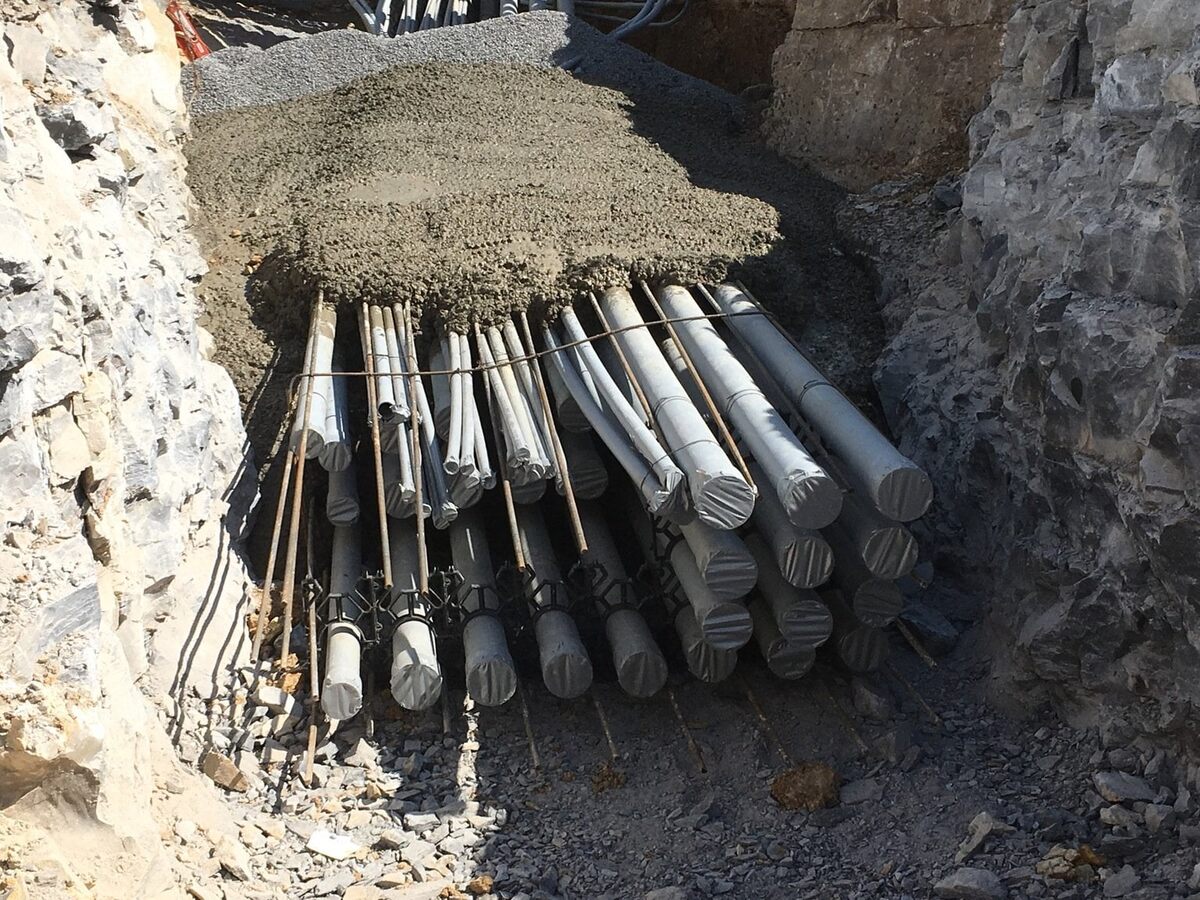

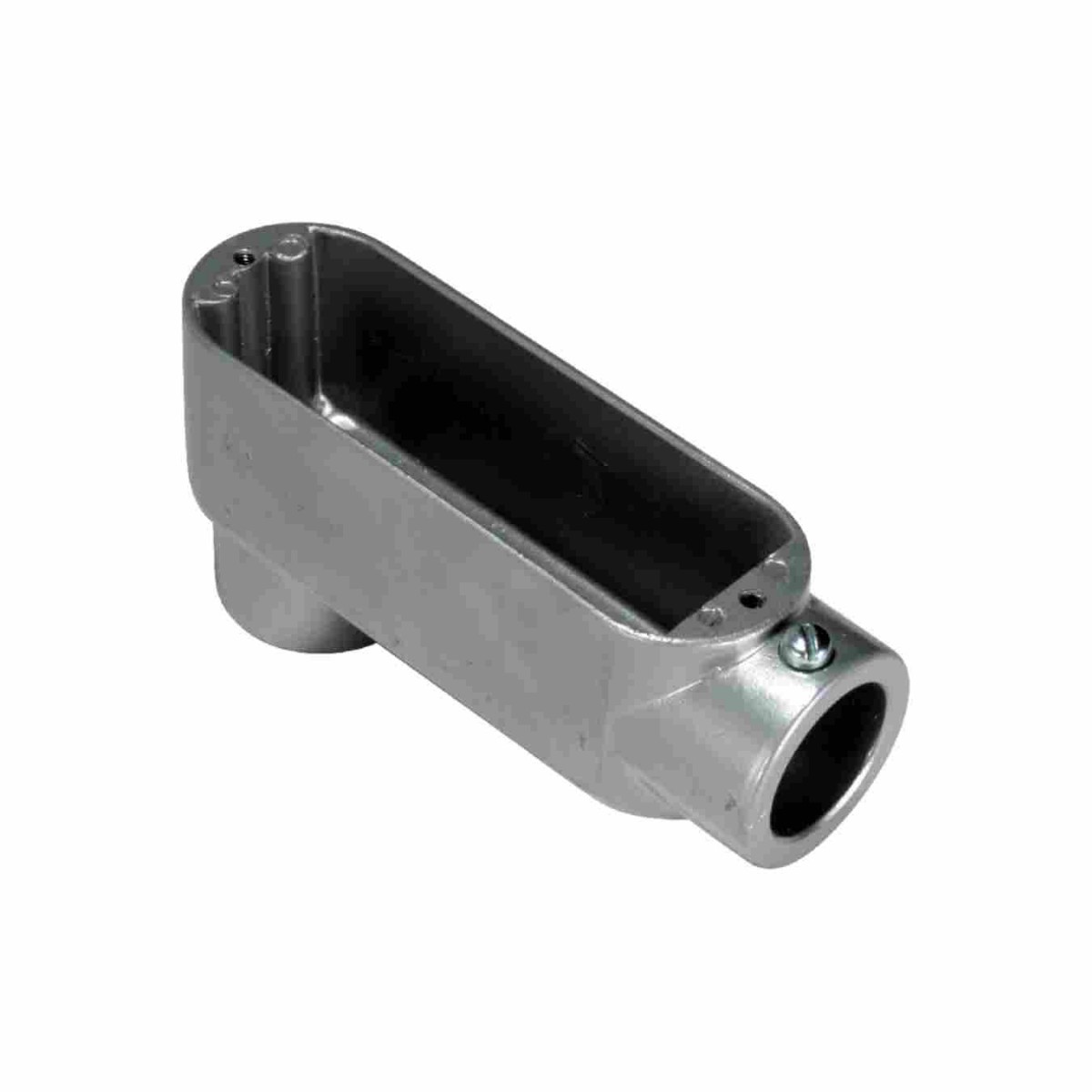
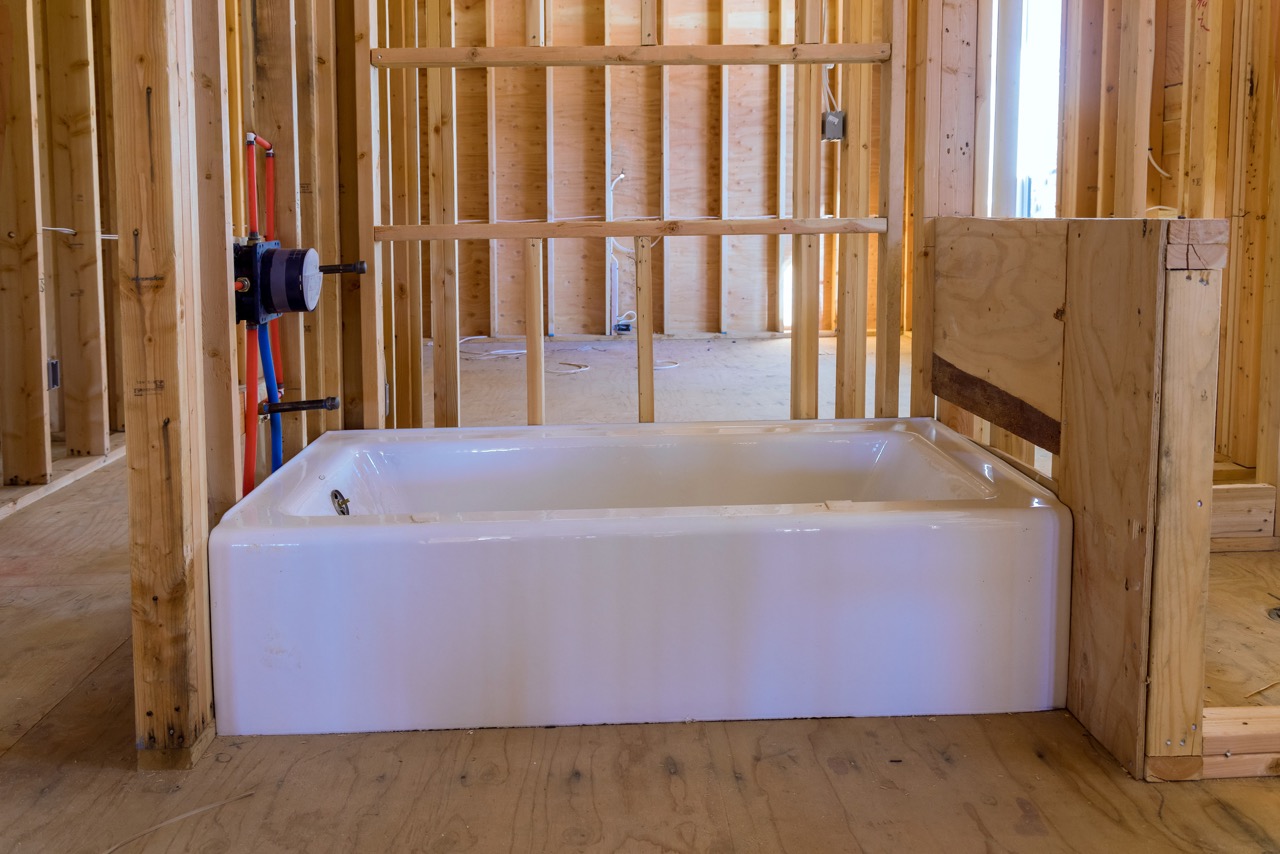

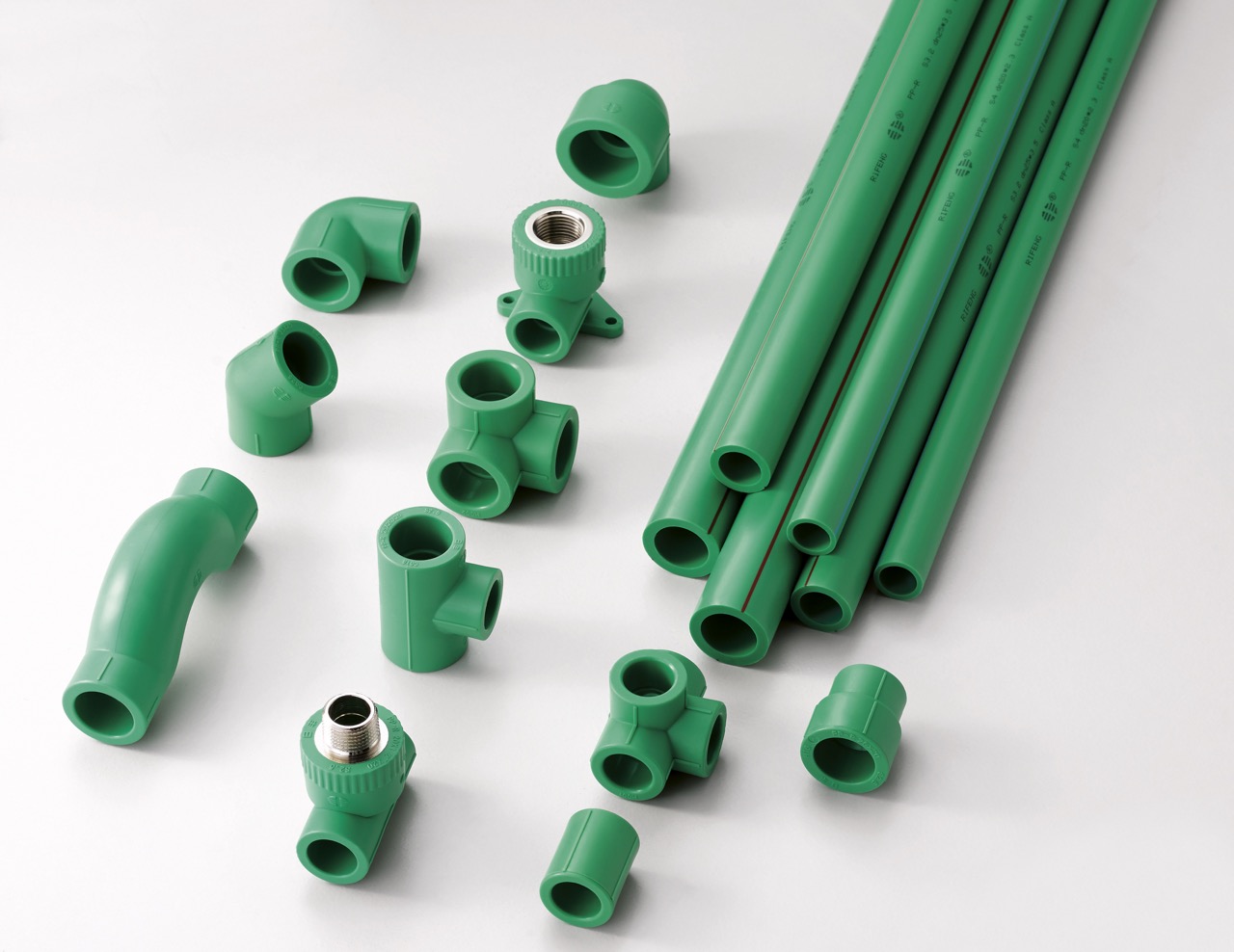


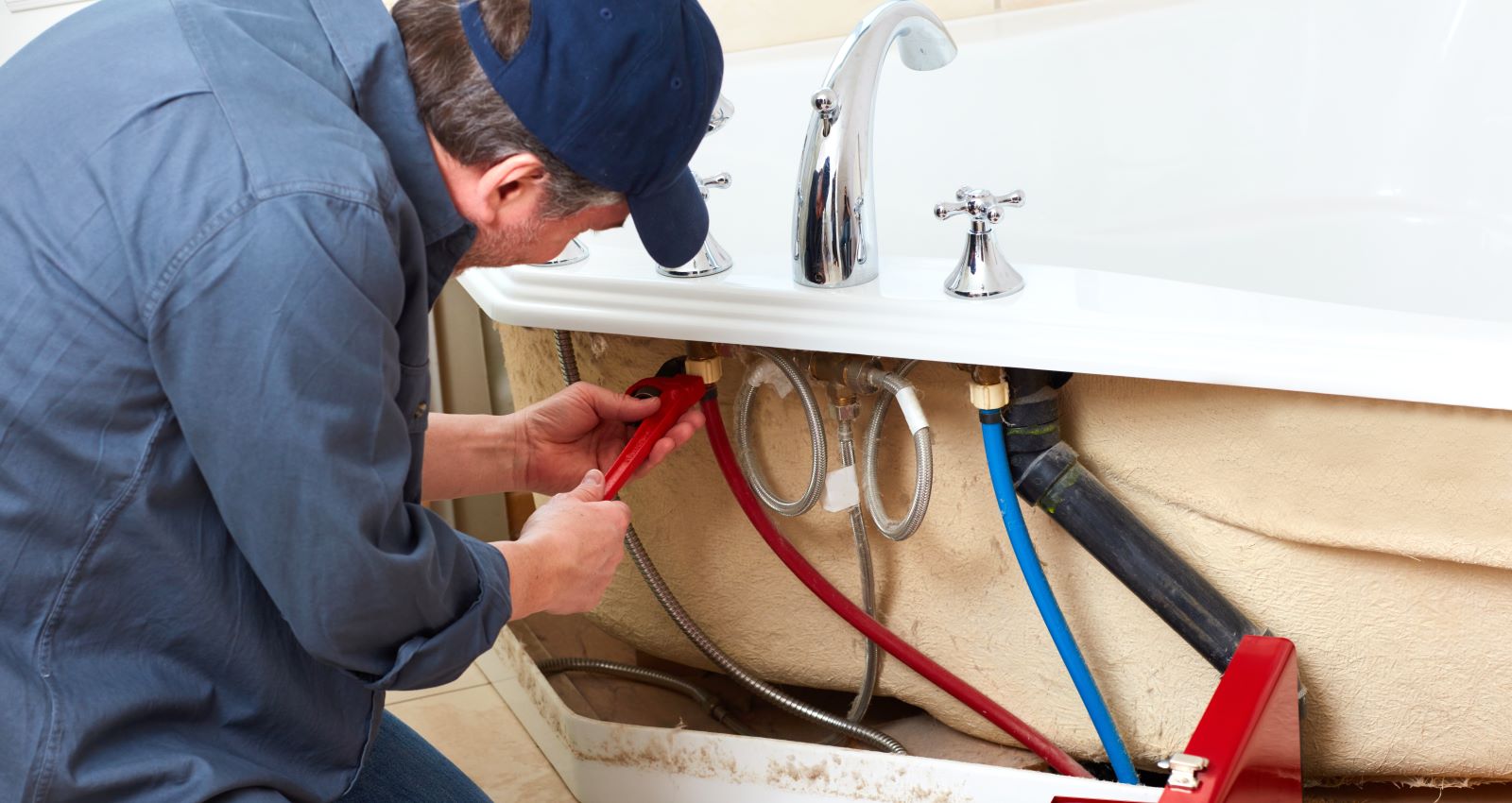

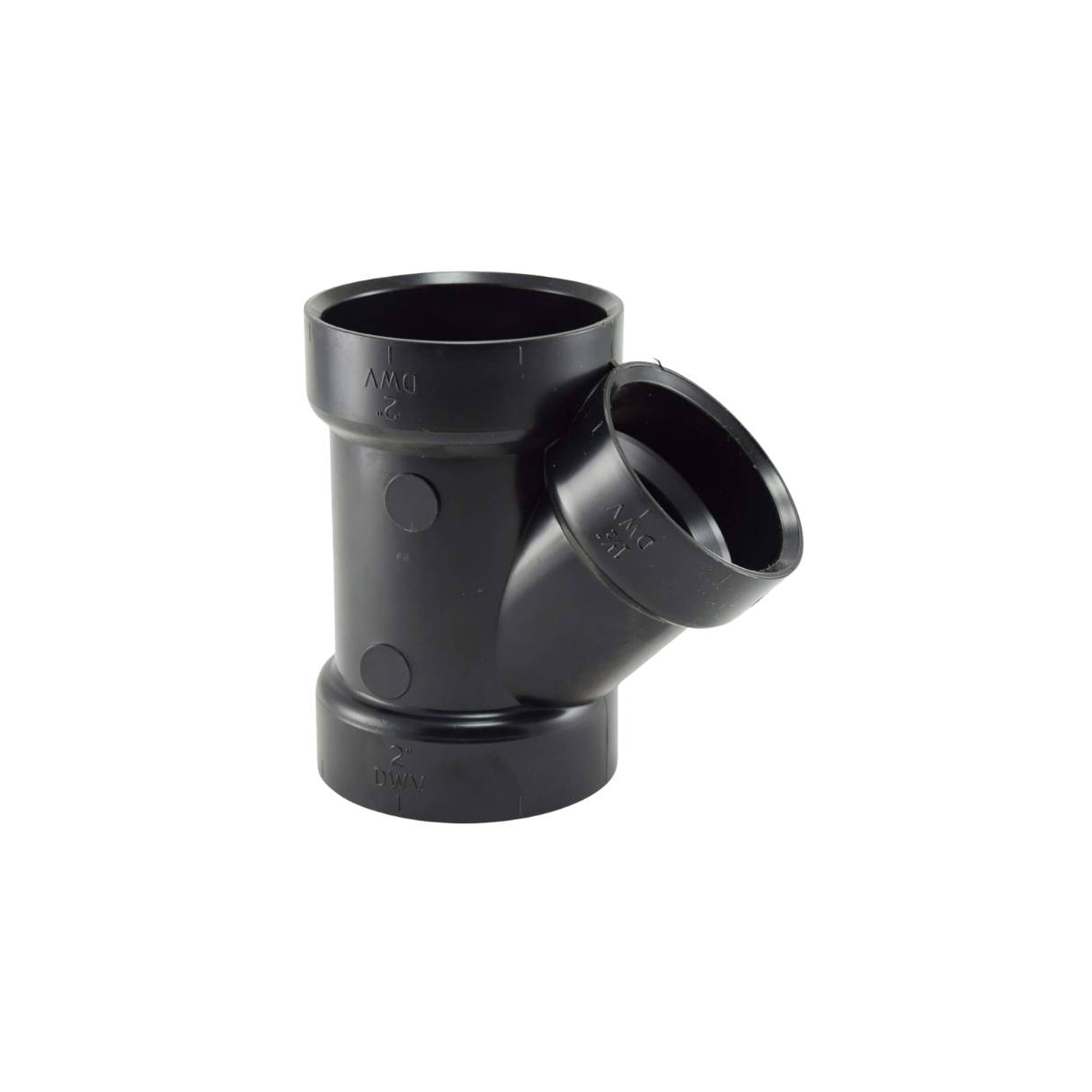
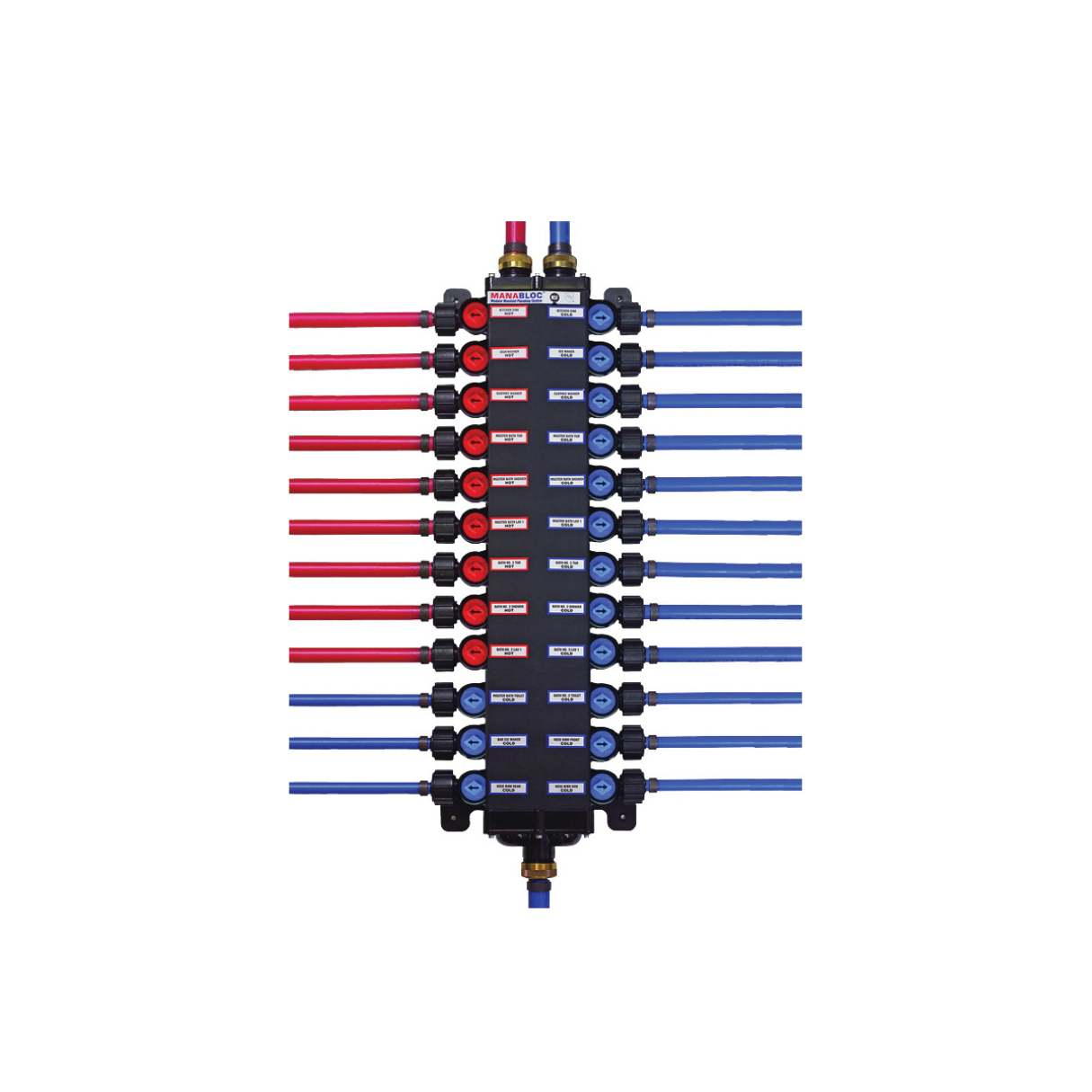
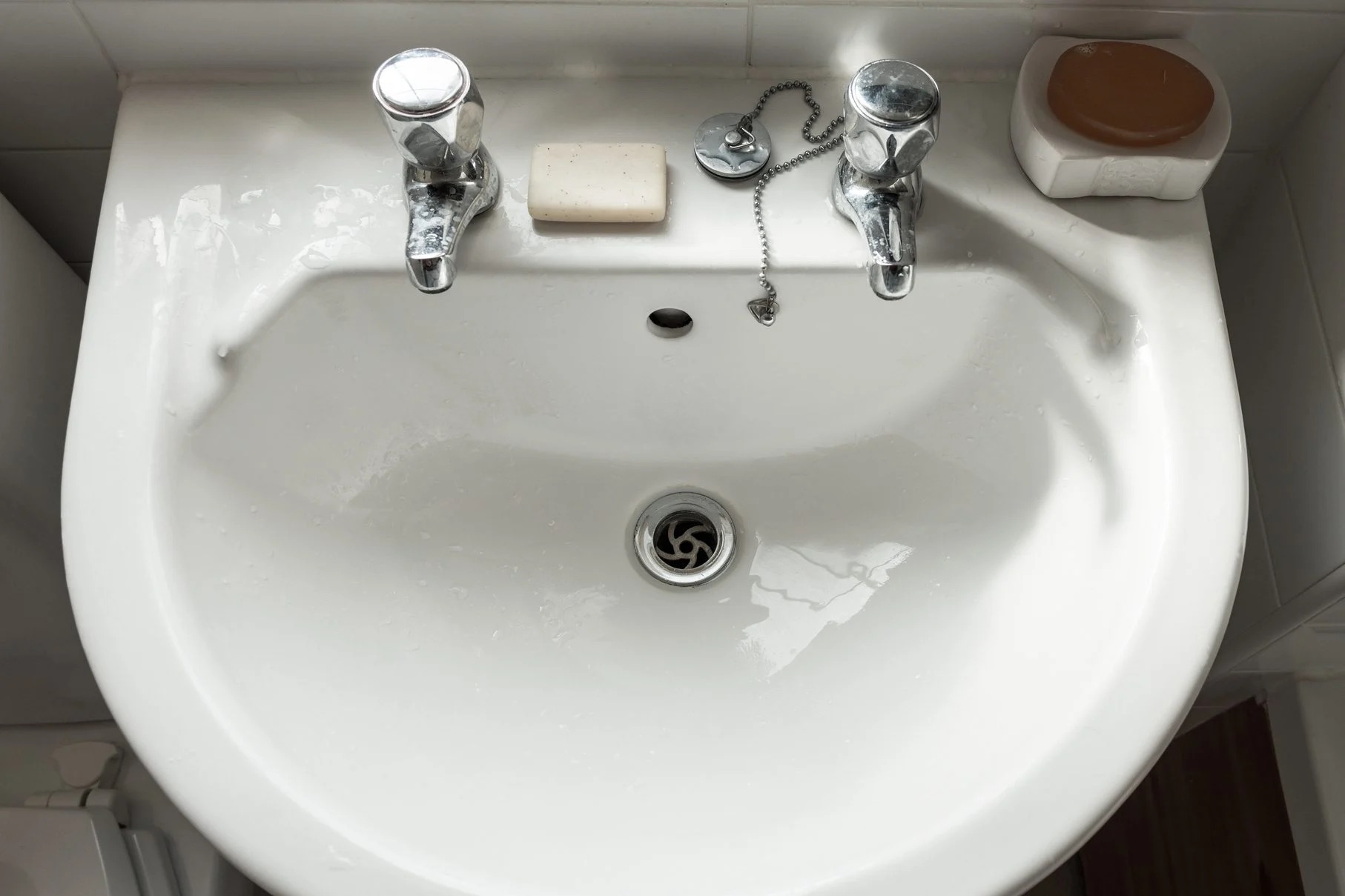


0 thoughts on “Which Type Of Plumbing System Collects Sewage In Underground Storage Tanks?”